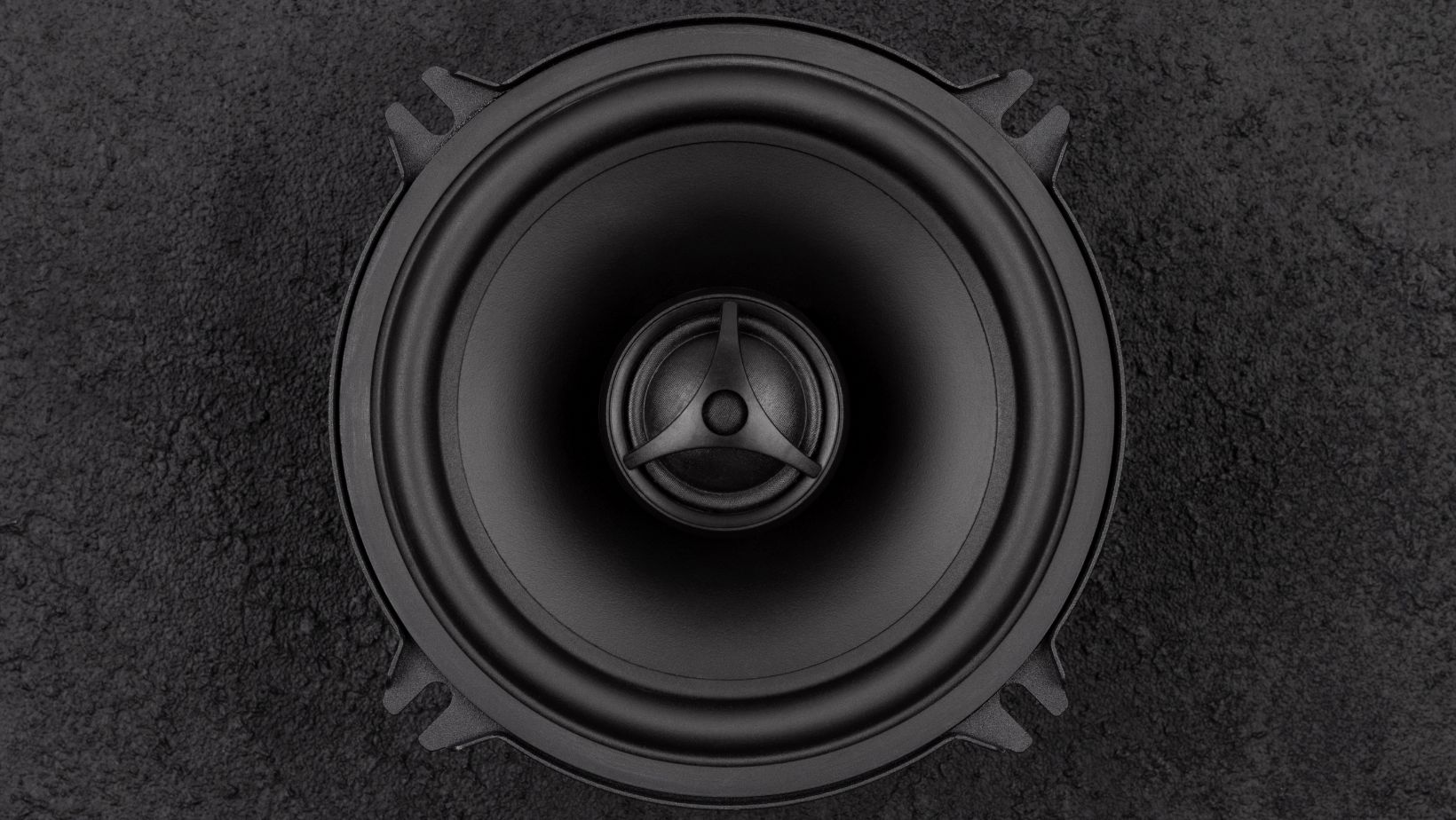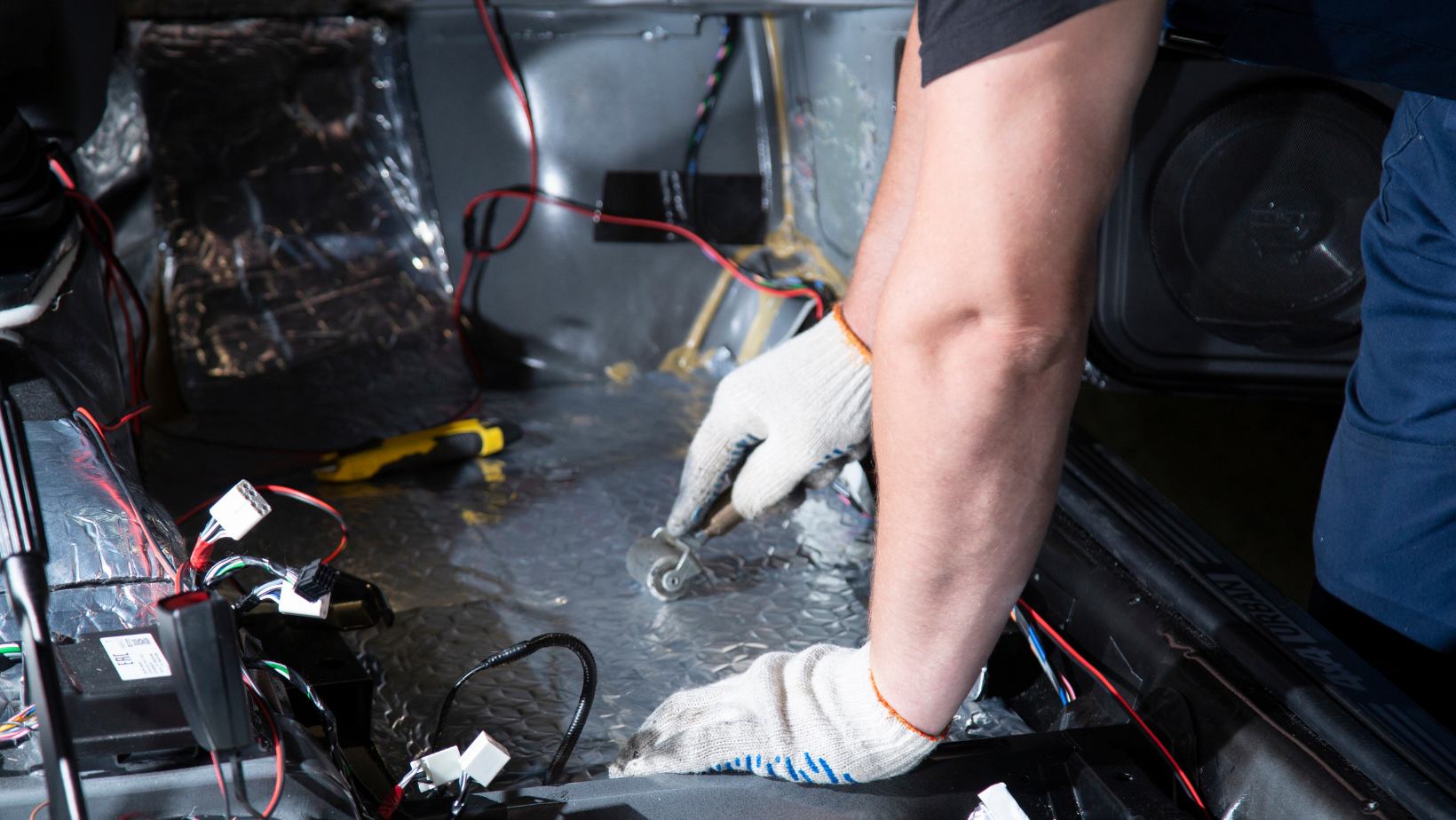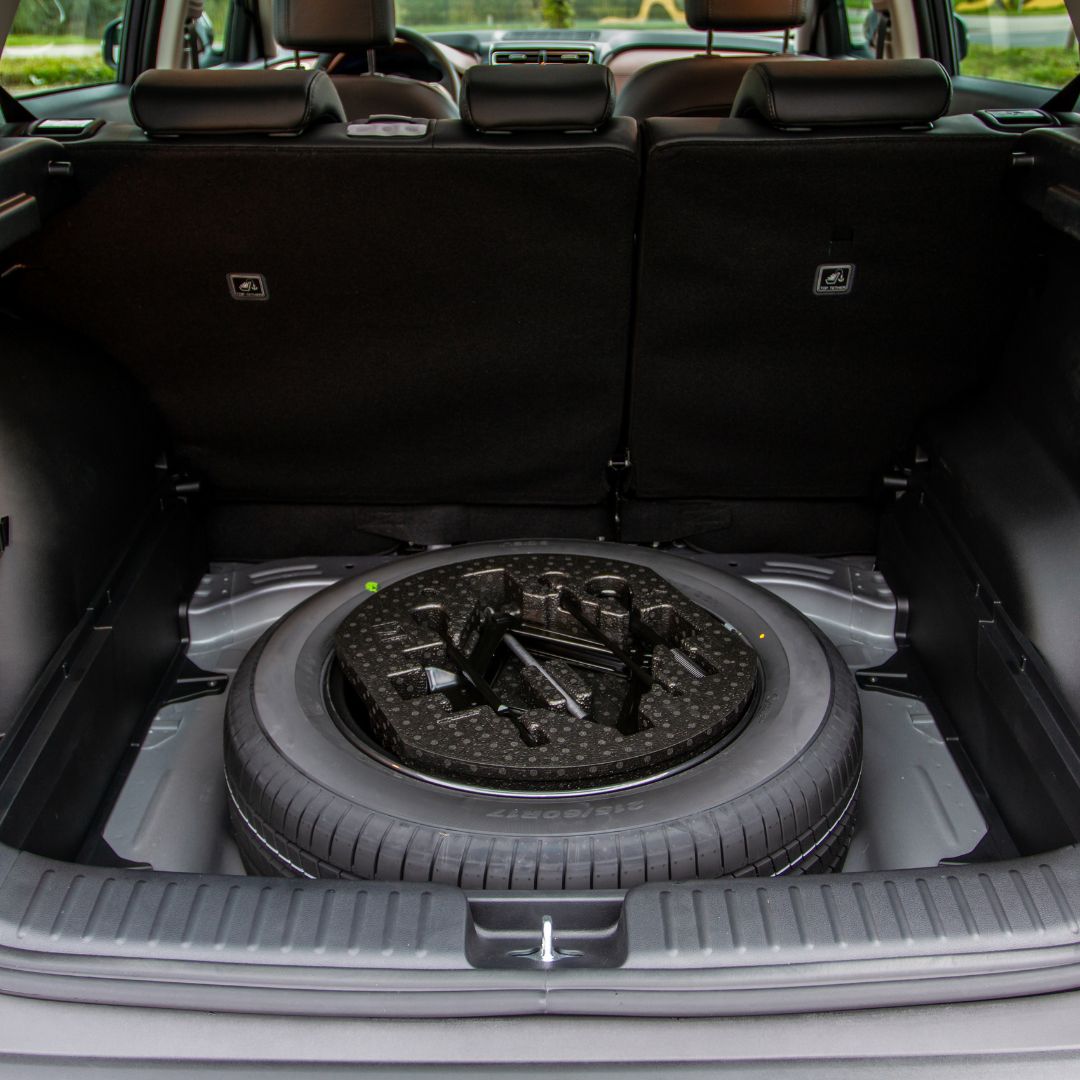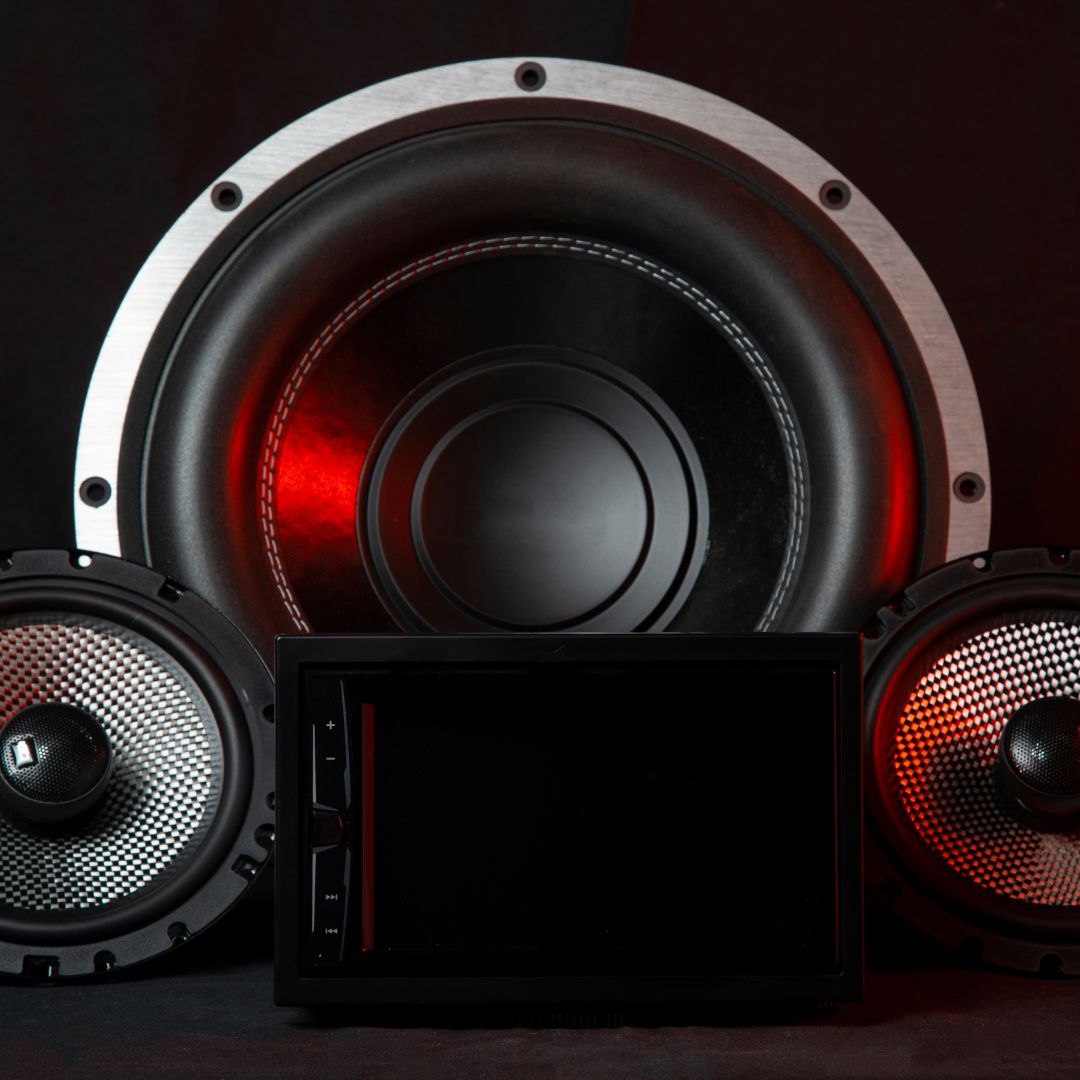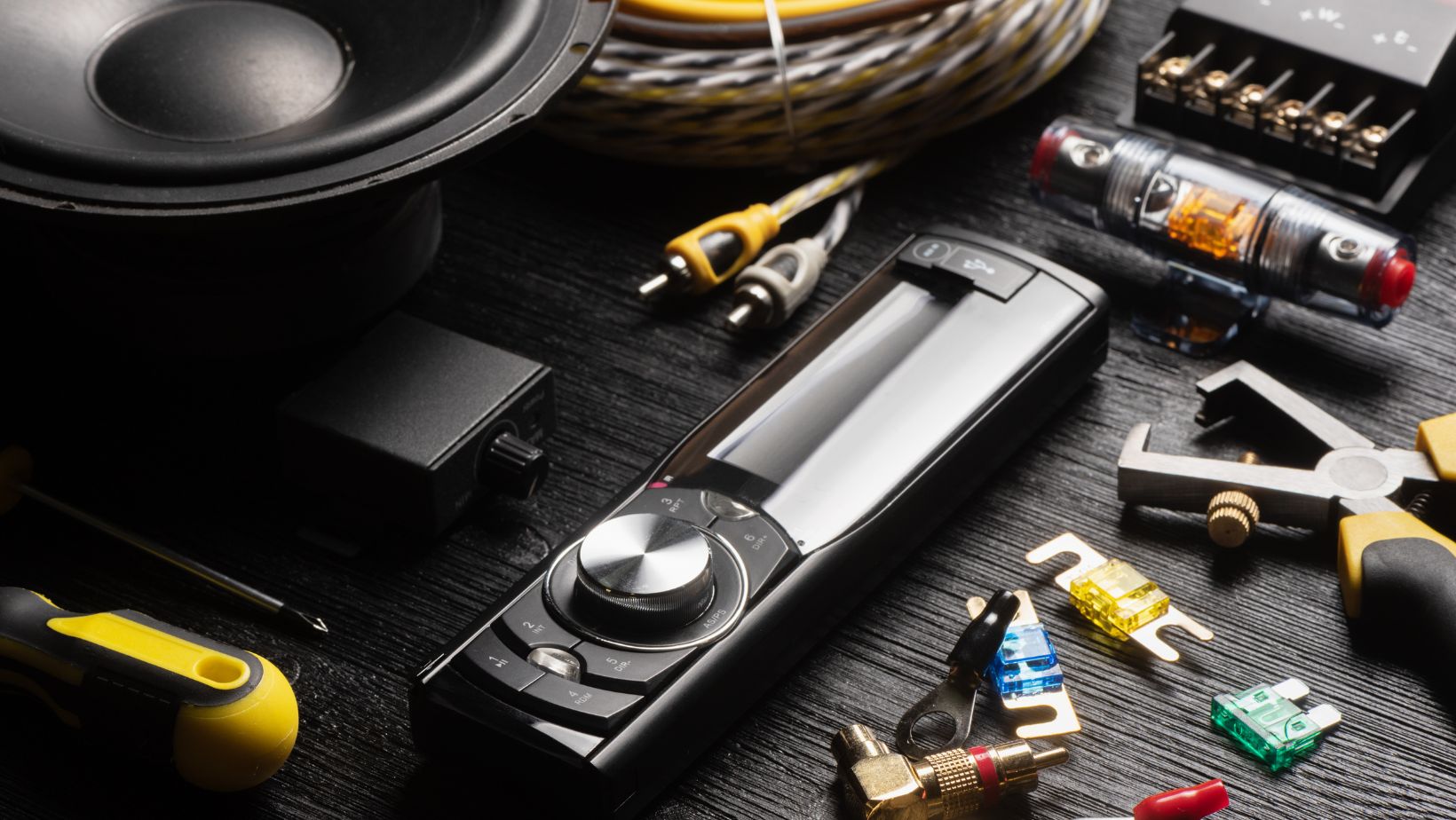Understanding Downfiring Subwoofers
Subwoofers play a crucial role in enhancing the audio experience by delivering deep and powerful bass frequencies. Among the various subwoofer designs, downfiring subwoofers have gained popularity for their unique orientation. In this article, we’ll delve into the world of downfiring subwoofers, exploring their technology, mounting options, and the reasons behind their recommended downward orientation.
Understanding Downfiring Subwoofers:
A downfiring subwoofer is designed with the speaker cone facing downwards, as opposed to forward or upward-facing configurations. This distinctive design serves a specific purpose in optimizing bass performance and can be found in both home audio systems and car audio setups.
Technology Behind Downfiring Subwoofers:
The technology behind downfiring subwoofers involves careful consideration of acoustics and physics to achieve optimal sound reproduction. The downward orientation of the subwoofer cone takes advantage of the reflection of sound waves off surfaces, such as the floor. This reflection helps in creating a more immersive and resonant bass experience by utilizing the space in the listening environment.
Mounting Options for Downfiring Subwoofers in Cars:
While downfiring subwoofers are commonly used in home audio systems, they are also popular in car audio setups. Mounting a downfiring subwoofer in a car requires careful consideration of space, installation constraints, and the desired acoustic effects. Here are several options for mounting a downfiring subwoofer in a car:
Trunk Installation:
- Placing a downfiring subwoofer in the trunk is a common and effective method. The upward reflection of sound waves from the trunk floor can enhance bass performance, creating a fuller and more impactful low-frequency response.
Custom Enclosures:
- Car audio enthusiasts often build custom enclosures to house downfiring subwoofers. These enclosures can be strategically positioned in various parts of the car, such as the rear seats or the cargo area, to achieve optimal sound distribution.
Under-Seat Installation:
- Some car models provide the option to install downfiring subwoofers under the seats. This location can save space and still take advantage of the reflective surfaces within the car’s interior for improved bass reproduction.
Infinite Baffle Installation:
- The infinite baffle installation involves mounting the downfiring subwoofer on a panel that separates the trunk from the cabin. This setup capitalizes on the natural division between the two spaces, allowing for better bass isolation.
Why Downfiring Subwoofers Should Face Down:
The main reason downfiring subwoofers are recommended to face downward is to leverage the acoustic benefits provided by the floor or surface beneath them. When the subwoofer is oriented downward, the sound waves produced by the speaker cone travel towards the floor, where they bounce off and interact with the surrounding environment. This interaction results in a phenomenon known as “room gain,” where the reflected sound waves reinforce the original waves, producing a more pronounced and resonant bass response.
Additionally, downward-facing subwoofers minimize the direct transmission of vibrations through the air, reducing the likelihood of unwanted resonance. This orientation also helps in avoiding cancellation effects that can occur when sound waves from the subwoofer interact with each other in ways that lead to reduced bass output.
Can Downfiring Subwoofers be Mounted in Other Directions?
While downfiring subwoofers are optimized for downward orientation, some users may have spatial constraints or aesthetic preferences that lead them to consider alternative mounting directions. Let’s explore a few possibilities:
Front-Firing Configuration: Mounting a downfiring subwoofer with the cone facing forward (front-firing) is a common alternative. This orientation can work well, especially if the subwoofer is placed near the front of the listening area. However, it may not take full advantage of the floor boundary reinforcement that downfiring subwoofers typically benefit from.
Side-Firing Configuration: Mounting the subwoofer on its side with the cone facing either left or right (side-firing) is another option. This can be useful when space constraints limit placement options. However, it may alter the dispersion characteristics, and the proximity to walls can affect bass response.
Upfiring Configuration: While less common, some users may experiment with mounting downfiring subwoofers with the cone facing upward (upfiring). This orientation may interact differently with room acoustics and may not provide the intended floor reinforcement, potentially affecting overall sound quality.
Considerations and Recommendations:
Room Acoustics: The acoustic properties of the room play a crucial role in subwoofer performance. Experimenting with different orientations can help find the optimal placement for your specific room.
Manufacturer Guidelines: Always consult the manufacturer’s guidelines and recommendations for your specific subwoofer model. They may provide insights into the intended orientation and potential implications of alternative configurations.
Trial and Error: The best way to determine the ideal subwoofer orientation is through trial and error. Experiment with different placements and orientations, and trust your ears to find the configuration that delivers the most satisfying bass response.
Conclusion:
In the world of audio, the choice of subwoofer placement can significantly impact the overall listening experience. Downfiring subwoofers, with their unique orientation, offer a compelling option for achieving deep and immersive bass. Whether in a home audio system or a car audio setup, understanding the technology behind downfiring subwoofers and exploring various mounting options can help audio enthusiasts make informed decisions to enhance their sound systems.
